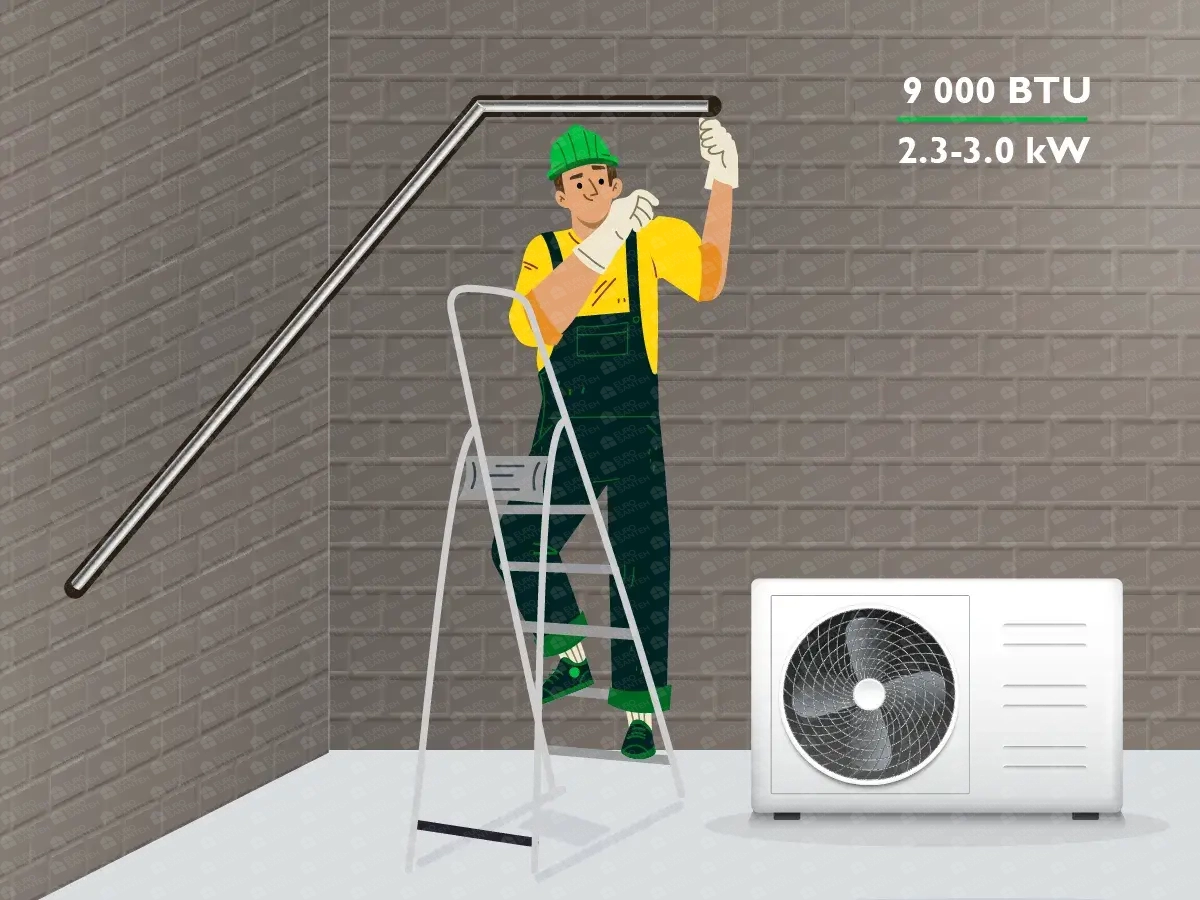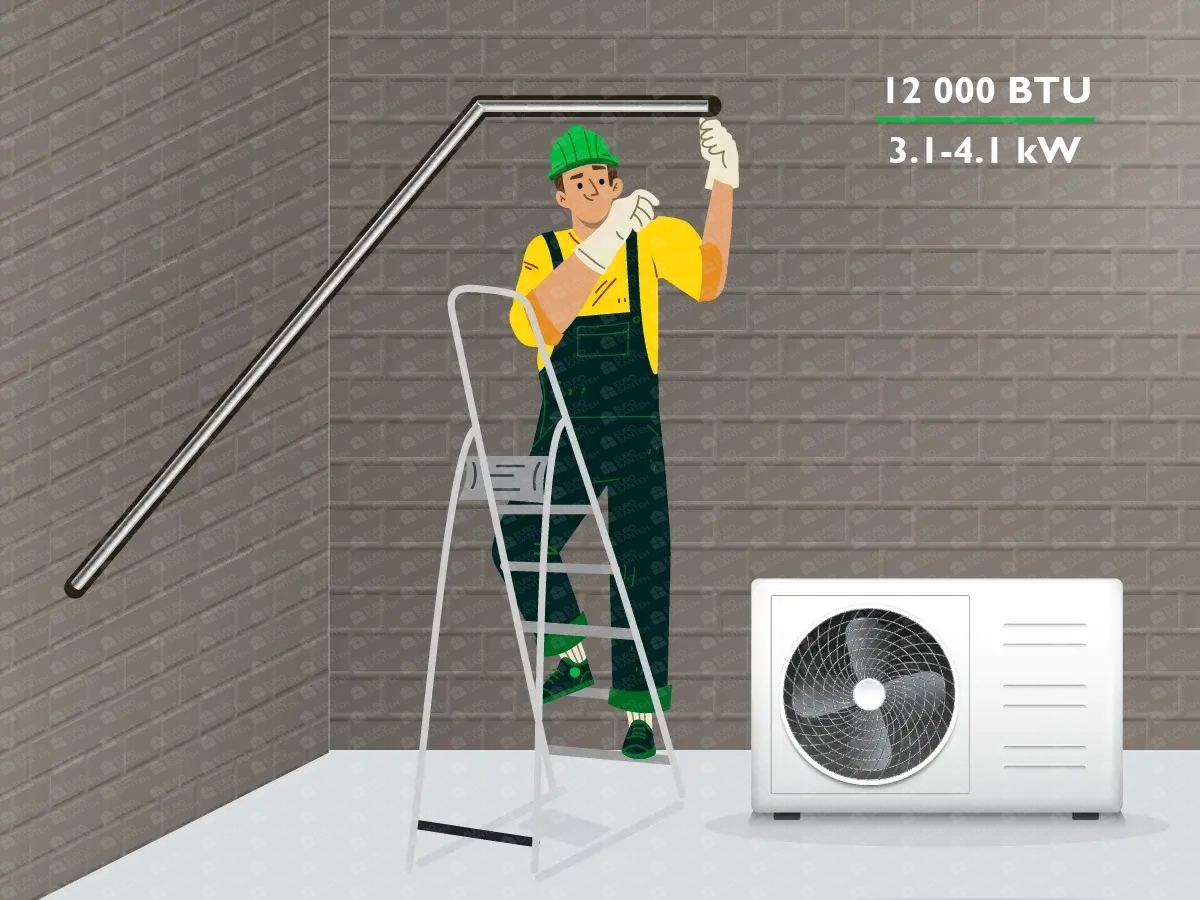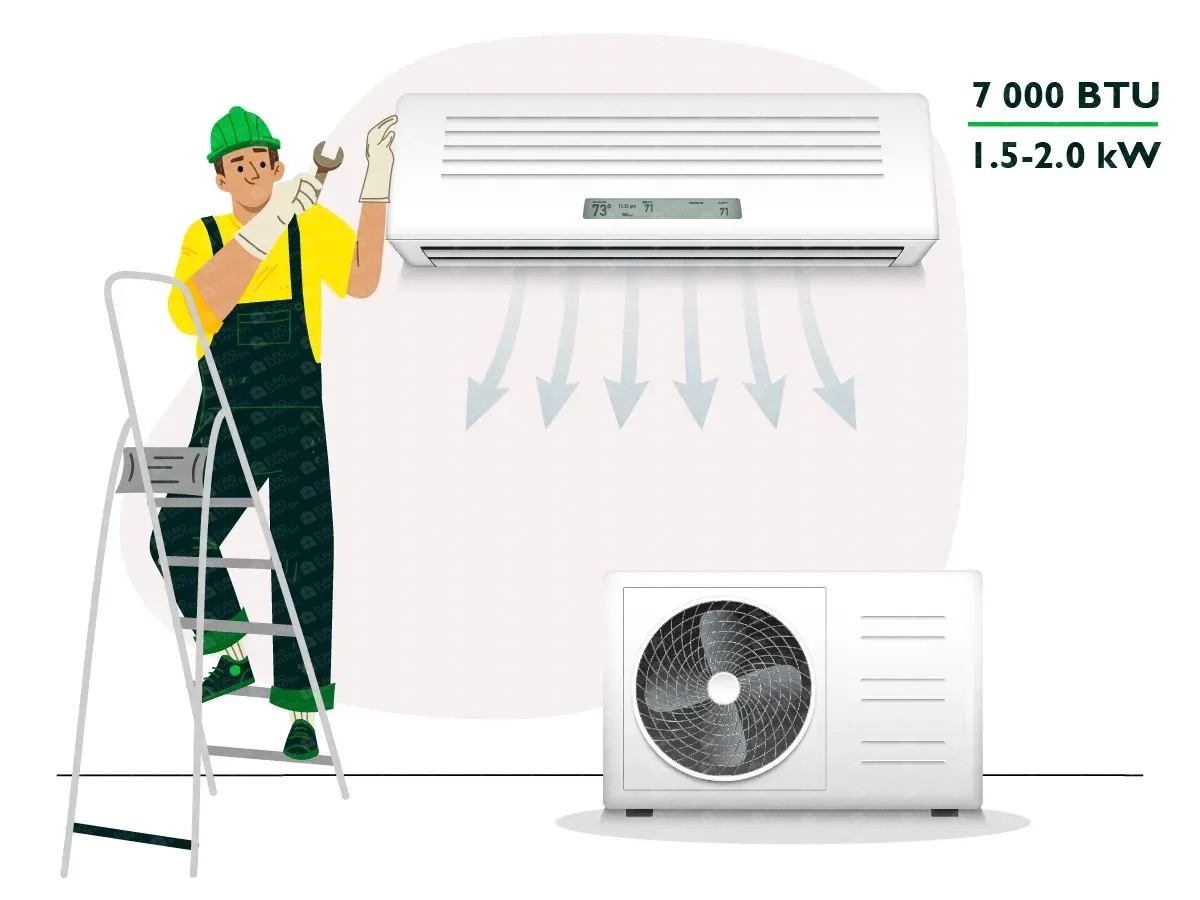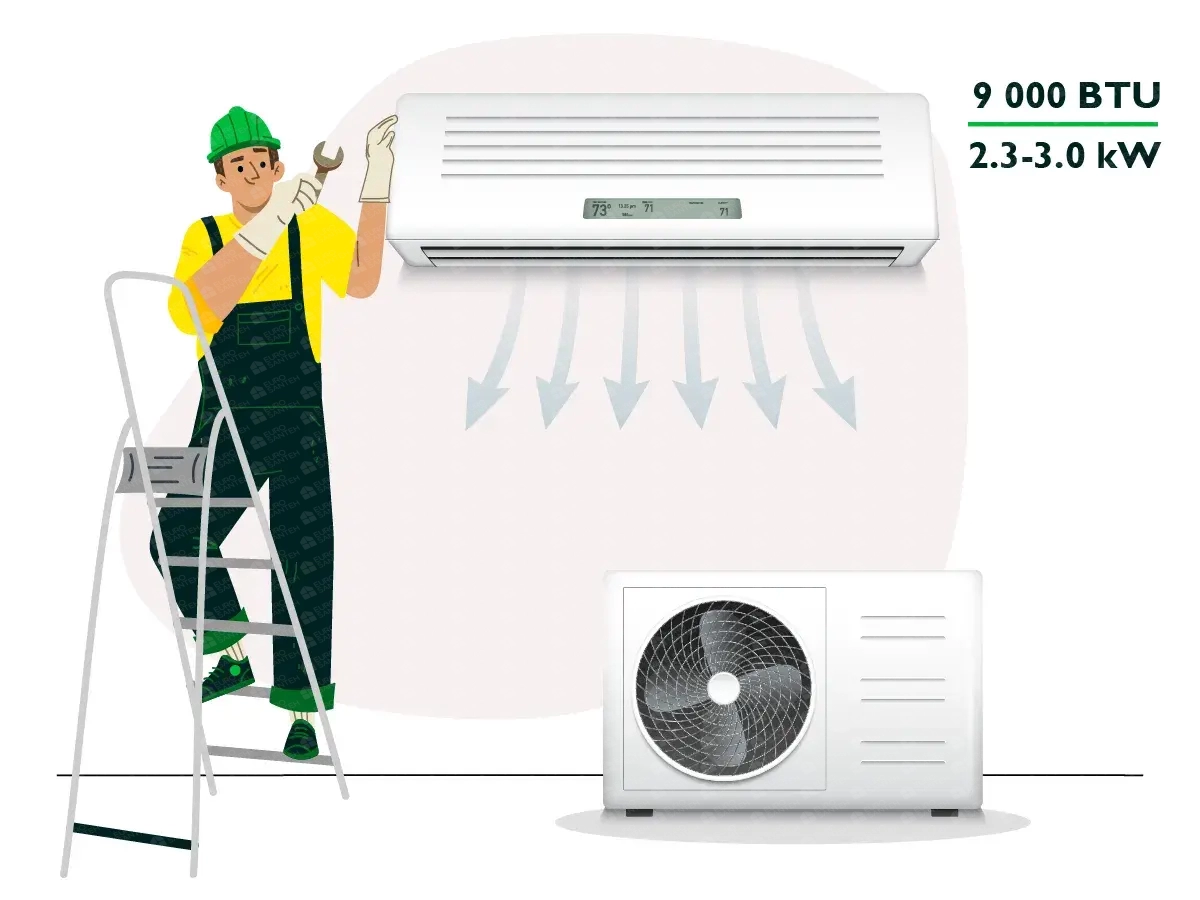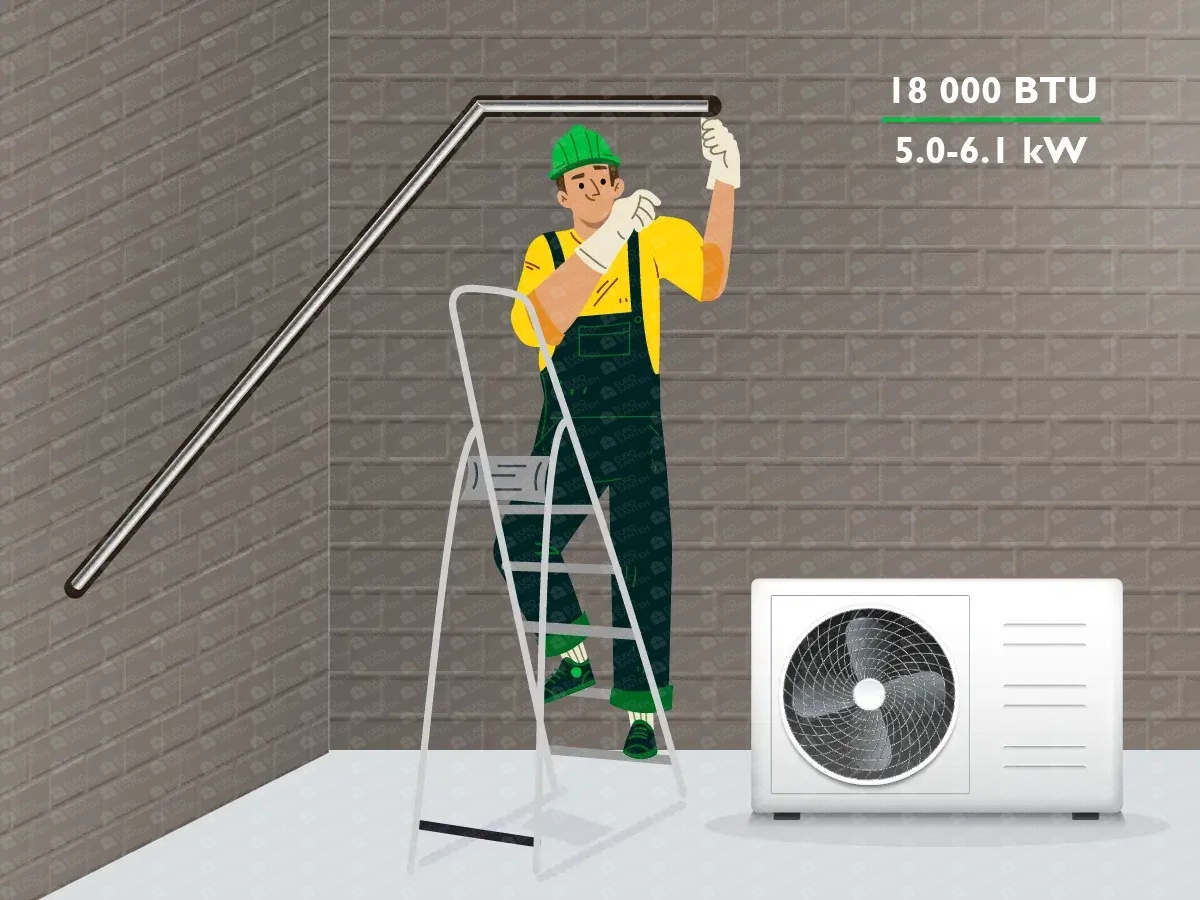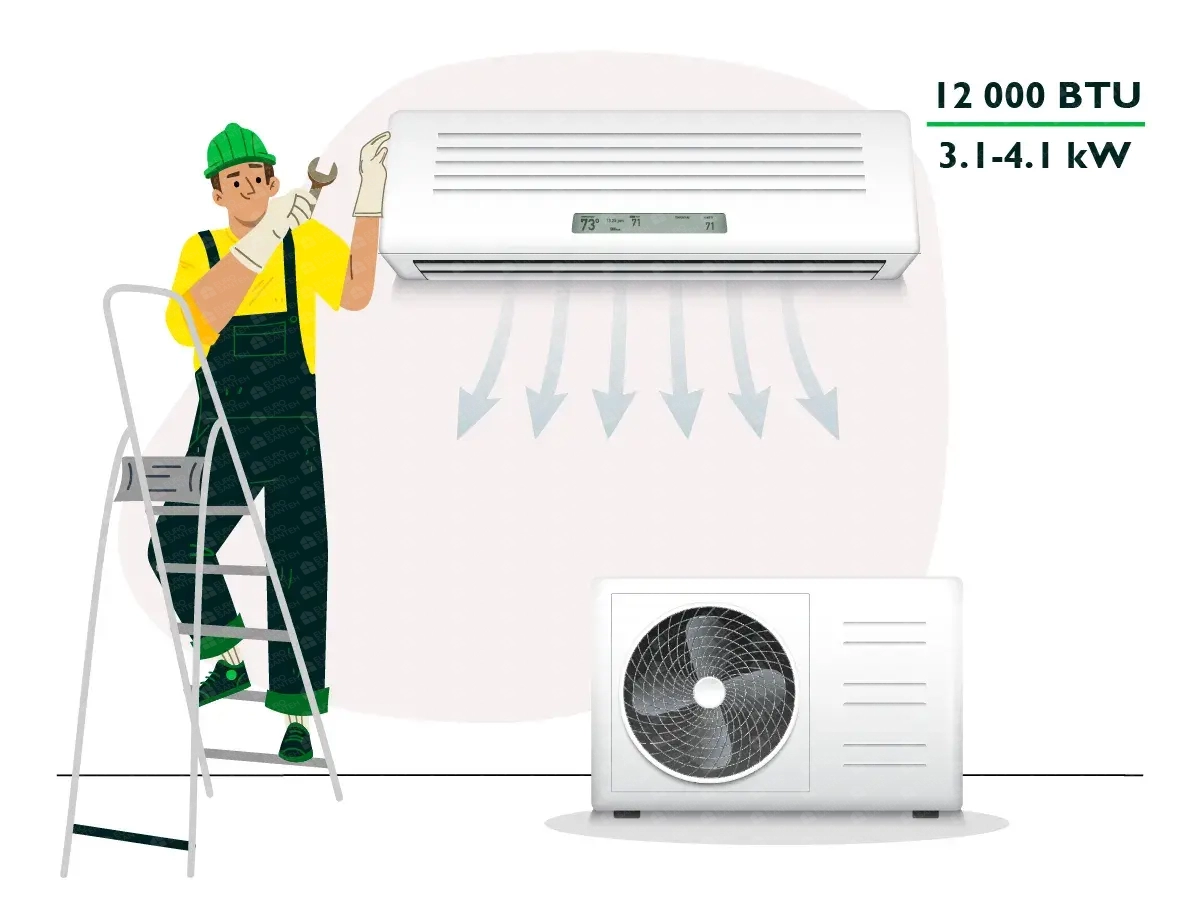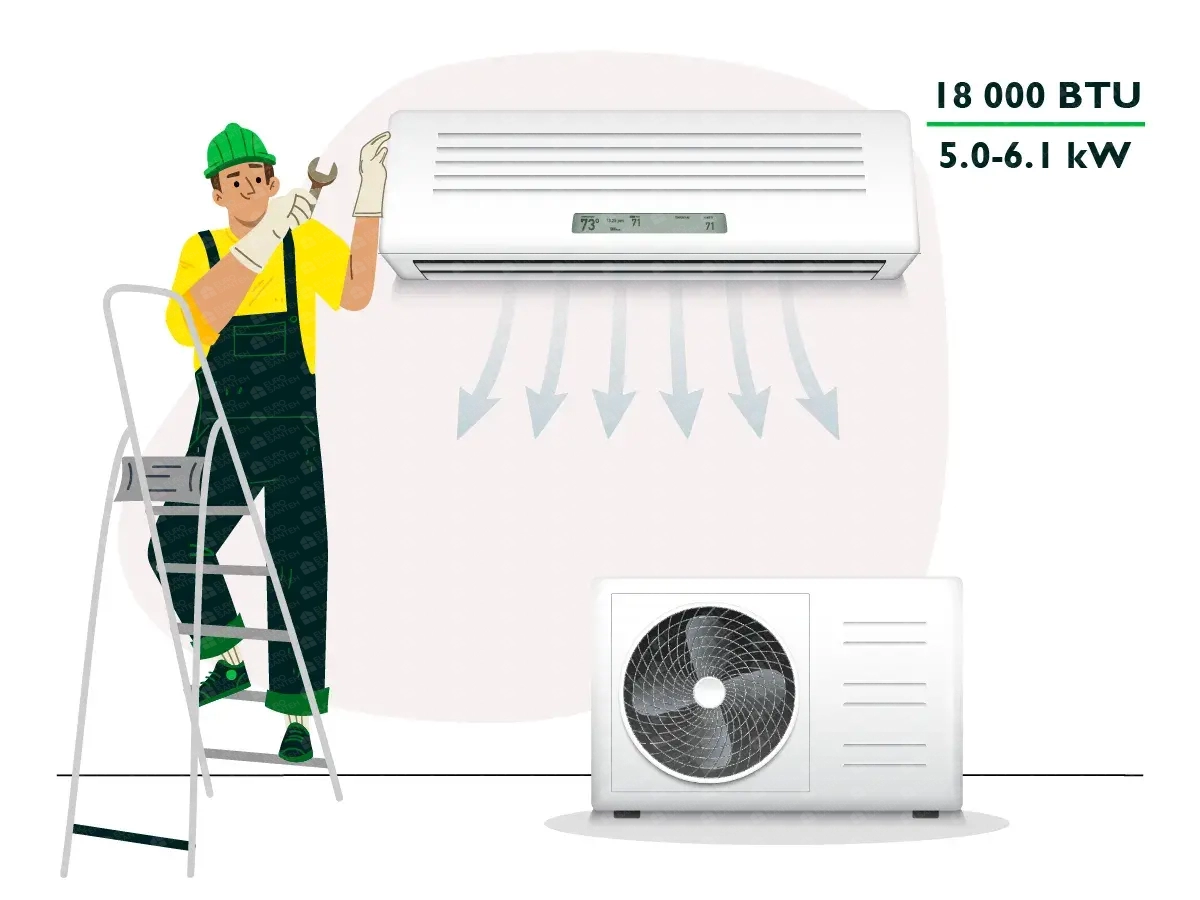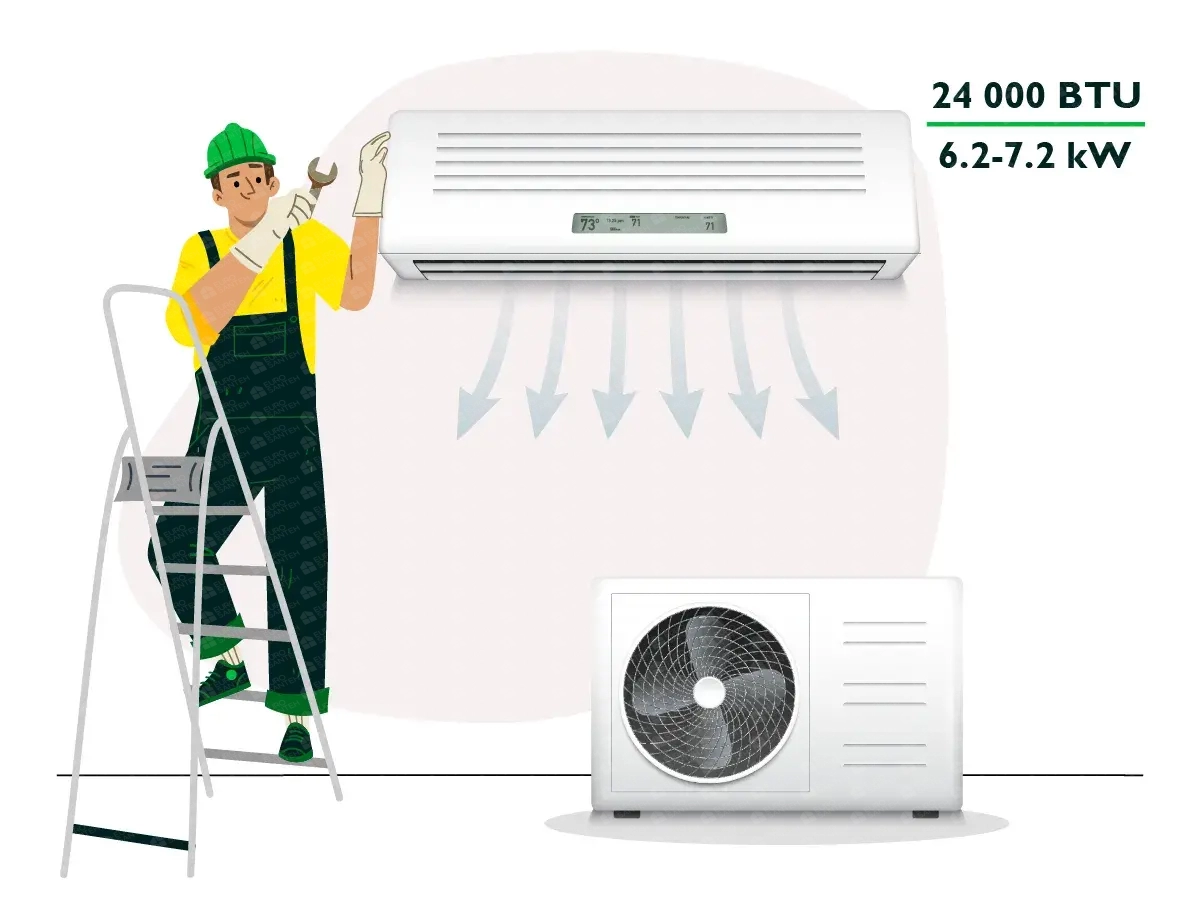Air conditioner installation in a new building in Chisinau, Moldova
Air conditioner installation in a new building is a crucial step towards ensuring optimal comfort and energy efficiency in modern residential or commercial spaces. With advancements in technology and a growing emphasis on sustainability and comfort, choosing and installing the right air conditioning system in a newly constructed building is essential for its long-term functionality and effectiveness.
The first step in the installation process is a detailed assessment of the building's design and the specific requirements of each area. Each new building comes with its architectural and technical peculiarities, and a thorough evaluation helps in identifying the best solutions for placing air conditioning units within each apartment or commercial space.
In new buildings, split-system air conditioners are often the preferred choice. These systems consist of indoor units installed inside each room and outdoor units positioned strategically on the building's facade or rooftop. This configuration not only maximizes system efficiency but also minimizes visual impact within the spaces, contributing to the overall aesthetic appeal of the building.
Selecting the location for outdoor units is a critical aspect of the installation process. Professional installers consider factors such as accessibility for maintenance, safety, and compliance with building regulations to ensure proper and durable installation of the equipment. Stability and security of the mounting are prioritized to prevent any issues during the operation of the air conditioning system.
The actual installation process involves connecting the indoor and outdoor units to the building's electrical network and drainage system, if applicable. Installers ensure that all connections are made according to technical and safety standards, and proper insulation of each connection is crucial to ensure maximum system efficiency.
After the installation is completed, a comprehensive testing of the entire air conditioning system is conducted. This includes checking cooling parameters, ensuring uniform airflow distribution, and setting the thermostats correctly to ensure optimal comfort in each room. End-users are provided with instructions on the correct operation of the system and periodic maintenance measures to maintain long-term efficiency.
Regular maintenance is essential for extending the lifespan and efficiency of the air conditioning system in a new building. This includes cleaning or replacing filters, checking refrigerant levels, and periodically inspecting components to prevent malfunctions and keep operating costs at an optimal level.
Installing an air conditioning system in a new building offers numerous benefits, including improved comfort for occupants, increased energy efficiency, and reduced long-term maintenance costs. Modern air conditioning systems also contribute to enhancing property value and creating a pleasant and productive indoor environment for residents or employees.
In conclusion, installing air conditioning in a new building requires careful planning, professional expertise, and adherence to quality standards. By selecting the right equipment, ensuring proper installation, and conducting regular maintenance, building owners and managers can ensure a comfortable and efficient indoor climate for all users, thereby enhancing occupant satisfaction and reducing the environmental impact.
